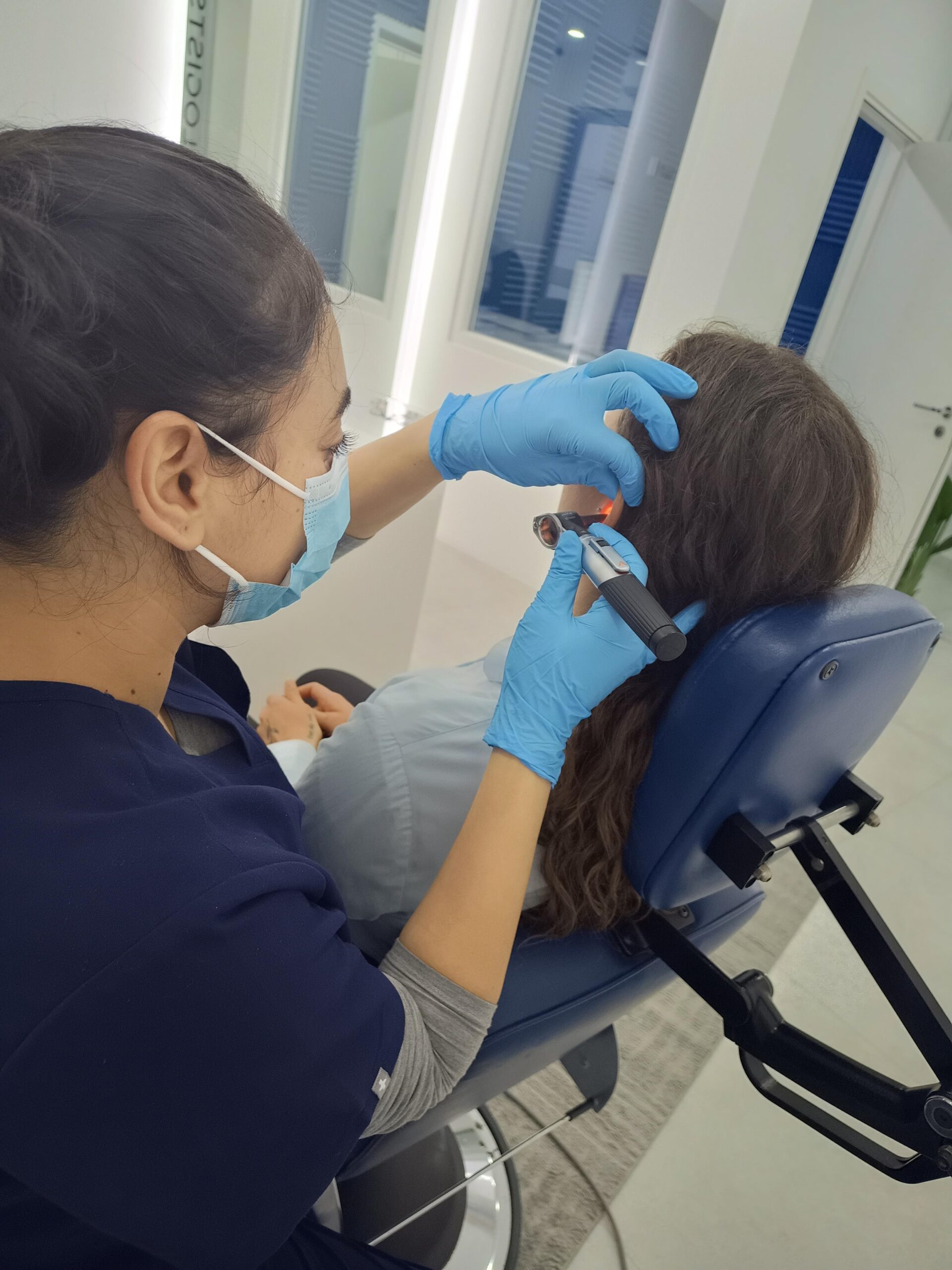
Is it time for an earwax removal appointment?
We produce earwax naturally to collect and trap dirt and bacteria in our ears. Removing it isn’t necessary unless you
We’ve spoken often about the importance of protecting your hearing when in noisy environments, but we haven’t gone into too much detail about the types of hearing protection out there for you to choose from.
These are small plugs you can fit into your ear. Some can even be manufactured specifically to fit your individual ear, although these ones carry an additional expense. You can get both disposable and reusable earplugs; disposable ones are made out of foam and should be discarded after use, whereas reusable ones are made from rubber and silicone.
These are easier to wear than earplugs and often much more durable. Earmuffs are comprised of two ear cups attached via a central headband. The headband is usually made from metal or thermoplastic, with the actual earmuffs being cushioned for comfort. You can simply wear these like a headband ensuring they are fully covering your ears.
Unfortunately, it is not as simple as us saying you should use earplugs for one situation and earmuffs for another. No one hearing protection solution works in the same way for every individual and it is important to bear in mind the level of noise you will be exposed to before deciding what to use. Noise protection products usually come with a noise reduction rating so it is best to check this before making a purchase. If the rating is 22, it means that the product will reduce the noise level by 22 decibels (dB).
The environment that you are using the hearing protection in should be taken into account when deciding what to use. If you need to be able to continue to communicate whilst protecting your hearing, you should think about looking for hearing protection that comes with an acoustic filter. If you need hearing protection for working on a building site where your hands are likely to get dirty and there is a lot of dust in the air, then it would be advisable to go for earmuffs rather than earplugs to reduce the amount of debris that is going into your ear.
Any hearing protection that you decide to wear needs to be comfortable, particularly if you will need to be wearing it for a considerable period of time. Some people find non-custom earplugs uncomfortable if worn for a long period of time. The most comfortable earplugs should fit just inside your ear canal without causing any pain or discomfort. The earplugs should fit properly and not be too loose or too small.
Earmuffs should fit snugly around your ears but should also allow your skin to breathe properly. Some earmuffs feel very forceful over your ears which is perfect for shutting out the noise but are obviously not comfortable for a long period of time. You can get earmuffs with varying degrees of fit. Again, you should also consider the environment you are using the protection in; if you are working in a noisy environment outside day after day then it would be helpful to look for weather-resistant protection.
The most important thing when considering hearing protection, is that it fits correctly. You need to ensure that the sound is blocked out for the protection to work effectively. If you feel you’d like any further advice with regards to protecting your hearing, please don’t hesitate to get in touch here.
[html_block id=”3745″]

We produce earwax naturally to collect and trap dirt and bacteria in our ears. Removing it isn’t necessary unless you

We often talk about hearing loss, but have you ever stopped and thought about how we actually hear things?

December 31st is a huge night for celebrating right around the world. One of the main features of these celebrations